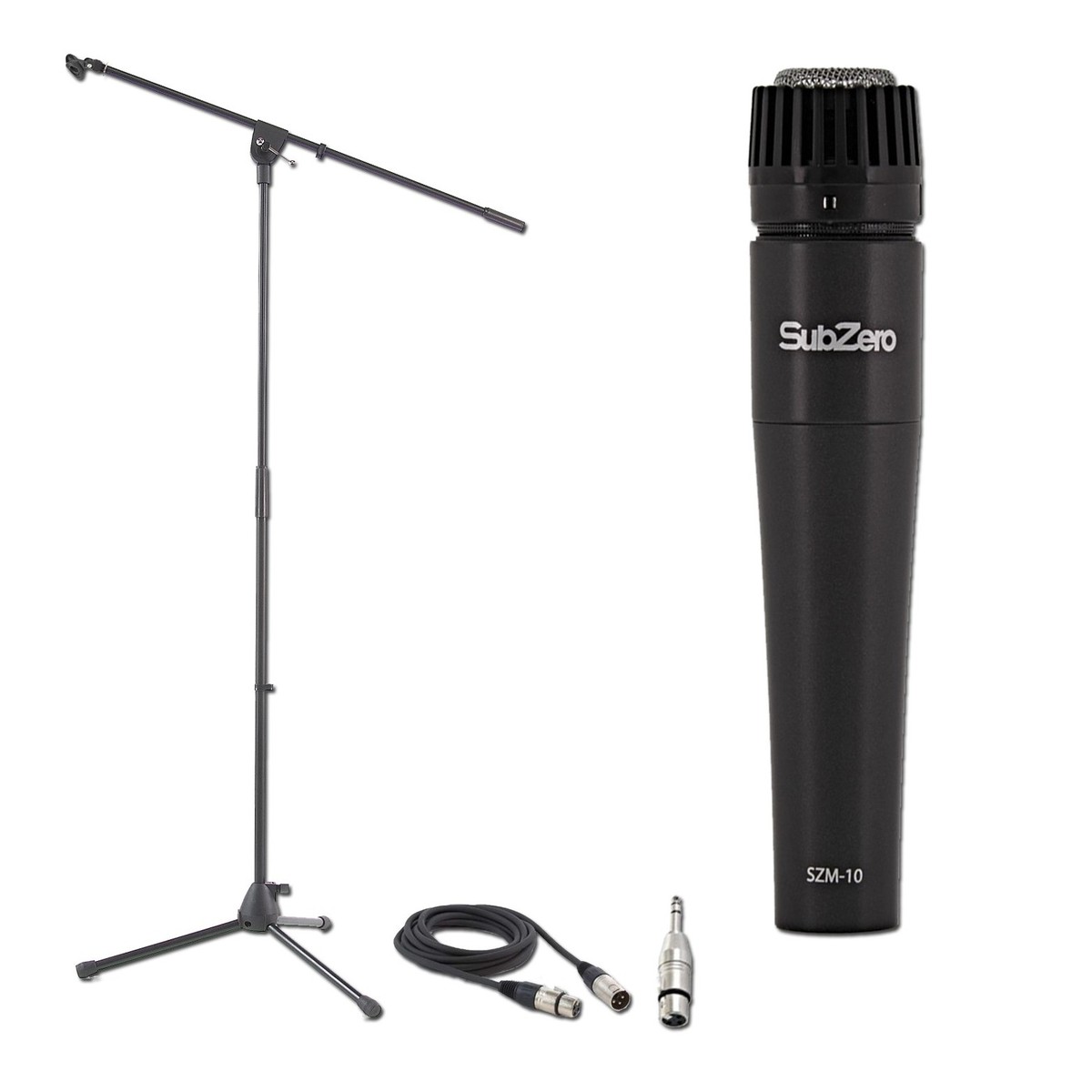Folkcafe, it might sound rather flippant or arrogant but I am not in the least surprised at the very good result of that response sweep of the Behringer interface. We have been able to make electronics with a flat, 20-20k response for decades, what IS gratifying is the lack on that curve of spikes and artifacts.
The "cheap versus high priced" audio devices debate will ever rage and I will concede that IF you have a set of Neumann/PMC monitors at $8k the pair AND avery well treated room AND some wide band IMPECCABLE sound sources you probably CAN tell a 204 from a Prism or Benchmark but in the world 99.99% of HR peeps inhabit, no way. That is NOT to say I agree with Behringer's business practices and I look for alternatives when I can (I don't buy much these days anyway) I am, at the moment quite taken by one of two very cheap interfaces by M-Audio and intend to get one to size up soon.
The 204HD does have its 'faults' however. One is the very low maximum output of, iirc, +4dBu (1.22V). This WILL drive most active monitors adequately but it is wise to check if yours are rather lower in gain than most?
When I bought mine I had the idea that it had two mic/line/instru inputs(it does) and two fixed gain line inputs? It doesn't. It does have inserts for the front inputs. Handy perhaps but two lines in would have suited son better! NOT of course Behringers fault if I don't check the spec properly!
This next will be wasted on most here but "You never had it so good!"
Dave.


